So the new baby smoothly delivers the merits of the SP (Super Performance) lenses: high build quality, superb optics and effective vibration control. All metal bayonet (albeit the outer finish is plastic). Buttons are placed traditionally, so easily recognized to Tamron users; available are the VC (on/off) and AF/MF buttons. It is arguable whether a lens as wide as this needs a vibration control, however there it is built in, and you have the freedom to switch it on or off as per your needs.
This unit also features weather sealing and if you take it out of the box it feels surprisingly solid considering the outer plastic finish. It is also quite heavy - 1100grams, but every advantage has its price, and F/2.8 often means loads of glass. I personally always prefer heavy units to lightweight ones, depends of context though.
The focus motor is a modern ultrasonic type unit, so it operates quietly (you can actually hear it with the ear just next to the lens) and quickly (I didn't measure it milliseconds; the focus is very fast for majority of needs). The full time manual focus override is available, but heck, with a picture as wide as this (so anything but close-up view) you need a really good eye to focus the scene manually (except close-ups if you decide to use lens like that for close-ups at all). The AF unit does better than the eye at far distances (i.e. landscapes).
Something that you instantly notice when evaluating the lens initially, is that there's no filter thread. So by default you cannot use any filters, however sooner or later 3rd party manufactures always "fix it", so offer a converter to make filters available. Of course you always have the option to invent something by yourself :)
So how wide is 15mm at a full frame camera? Pretty wide! It often happened I saw my feed at the lower side of the frame, not so often the elbows though :) As usual with the wide angle, while talking about the wide angle lenses the main concerns traditionally are:
• not so sharp corners
• CA and areas with huge contrast
• distortions (the "barrel" and the "pillow")
• soft image rendering with the aperture wide open
The Tamron 15-30mm F/2.8 is a "traditional" or "regular" wide angle lens, as opposed to Fisheye-optics (fisheyes are wider, but with heavy distortion, so no straight lines at all). The more sophisticated the construction of a lens, the harder to avoid distortions (easier for a prime lens, harder to a zoom lens unit). As the time goes on and the expectations for the quality for the glass gets higher every day, engineers have fortunately been able to deal with the problem areas effectively.
Looking at the competitors of the new Tamrom 15-30, I would think about three similar lens: Nikkor 14-24/2.8 (reference lens so far), Canon 16-35/2.8, also the older Sigma 15-30 F/3.5-4.5 - these are the guys the new Tamron has to compete with. None of them offer vibration control, and even though as previously said the VC is perhaps more appreciated with telephoto lens, I'd think about two major usages for the VC here: 1) hand held filming, 2) taking photos with extremely low light conditions. You won't see the advantage of a VC at usual conditions, so with decent light available.
Why on earth should anyone desire to have a lens like this at all? Yes, it is the 15mm wi(l)de(r)ness! Looking back at the photos I took with this lens, majority of them were taken at 15mm. Even the most crappy landscapes and deadly boring places will look good with 15mm ;-) it can just accommodate so much! The sun, the clouds, the landscape, the earth, the sea, not to mention your own legs ;)
The widest setting of the lens is just awesome indoors as well, even though that there's some distortion (I personally always prefer the authentic drawing of a lens, but there are several software options available for the ones in a need of perfect lines, so the distortion is easily adjustable where needed).
So what about the image quality? Is it on par with the reference lenses? Yes it is! It is so enjoyable that you have to see it to believe it. My expectations were high (heck, it is year 2016, who can afford to produce an average glass these days!), but the lens just blew me away. Maybe, if you look at the corners with a magnifier, the scenario is not that perfect, but in general when talking about lens at this range (super wide angle zooms), I would say the picture quality is extremely good.
The contrast and colours are also there, and if you match this with the awesome image sensors available today, the results are just superb.
The CA (chromatic aberration) is there at certain conditions (very contrasty areas), this is however, easy to fix when needed (of course it first of all really depends of light and its characteristics: the direction, the intensity, the contrast, etc.). My expectation was that the lens is not able to render a decent image quality at wide open, but I was wrong - even though at some point some areas of the images are sharper when the aperture is stopped down, the F/2.8 offers really good contrast and sharpness, especially at the center of the frame.
If you have too much time at your hands, just check out the comparisons of the lens (vs the competitors), you can even find statements the Tamron 15-30mm F/2.8 should be the new reference lens at its class. Of course, debating about image quality is always a slippery way and really needs frames for any serious conclusion.
With some concessions, the lens is able to do some macro as well. And we can even talk about bokeh at certain conditions: close focus and relatively open aperture (of course lens like that should hardly be a target of discussing about bokeh at all :) )
The characteristics of the autofocus is similar to other latest modern lenses - it just works, and it works well, quietly, precisely. Manual focus is somewhat usable at close-up shots, however, as said before, the autofocus outperforms human eye at far distances easily. Some of the Nikon/Canon lens users are complaining the focus is "slow" compared to their lens, I would not say this at all, however again I did not measure it in milliseconds, let the labs do the precise measurements as needed.
What I really liked about this lens:
• Build Quality - looks and feels like a quality product.
• Image Quality the lens was able to deliver.
• Ability to focus to relatively close distances gives unique possibilities for creative photos
• Heavy weight assures steady shots even at very slow exposure times; VC adds even more stops to that
• Very sharp at its widest F/2.8 aperture
Shooting against (sun)light has some disadvantages though - the glass is prone to several kind of flares. Of course the outer lens element plays a major role of that as it reaches out of the fixed lens hood a lot. The smaller the aperture, the more flares are visible. Again it depends on context if you like them or not. For art shooters my best guess would be the flares are welcome; for these looking for a perfectly clean images, some editing is needed later though to fix the flares.
So the final word - what an awesome tool again by Tamron! Every nature shooter and architecture/interior shooter should consider this lens for sure. The SP sign is engraved to the housing of the glass with a reason - similar to other latest SP lenses, this Tamron 15-30mm F/2.8 lens also offers awesome picture quality, accurate and fast autofocus and very high build quality. It is also nice to see the consistent improving of recent Tamron lenses - even if the expectations are already high, they can surprise you with something even better.
*
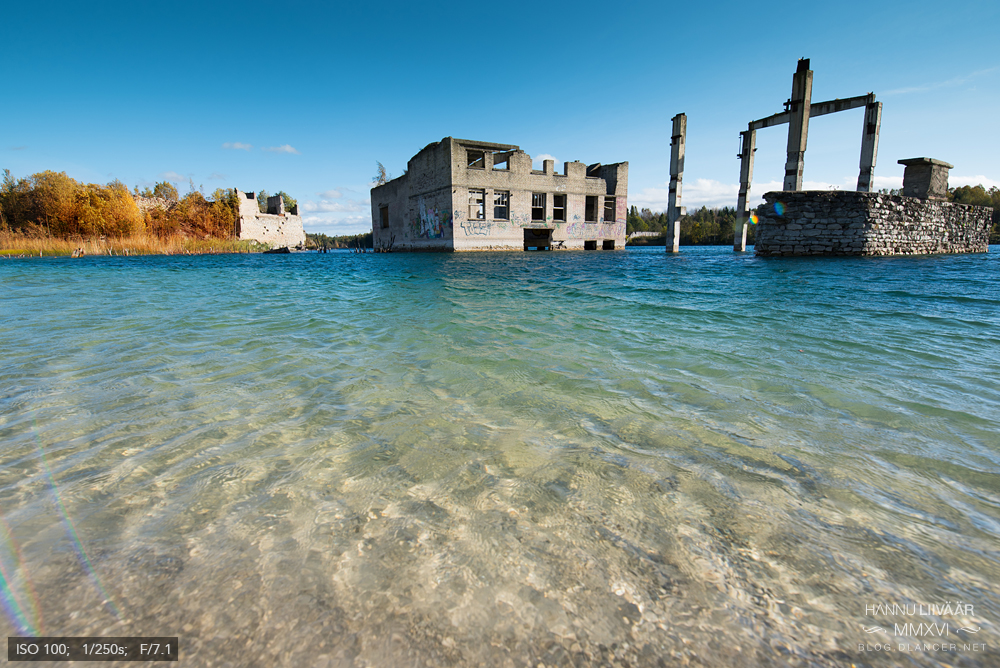
*
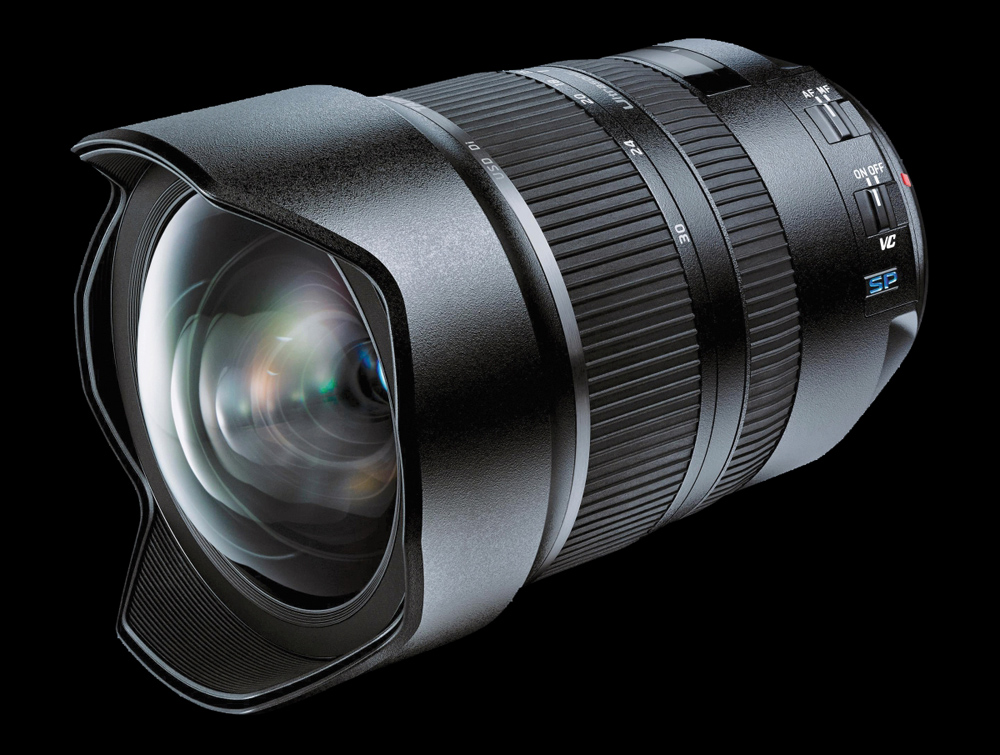
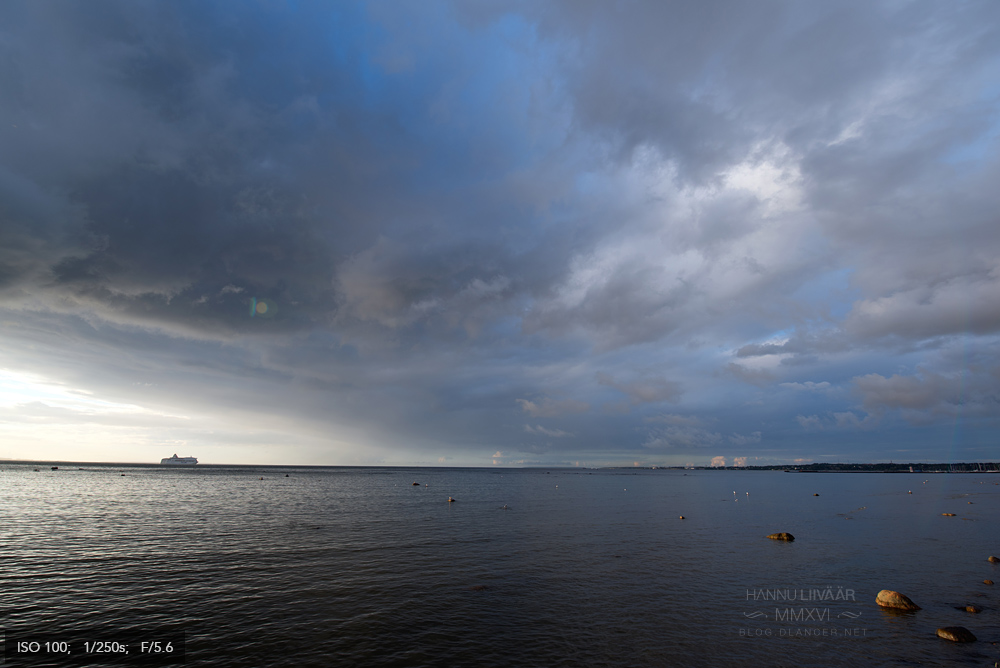

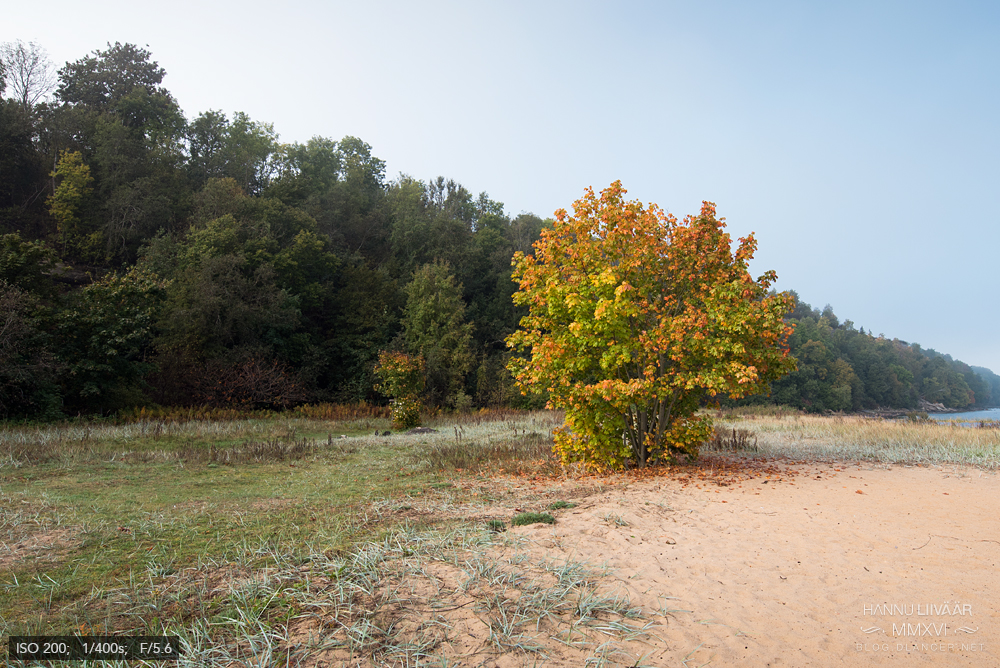

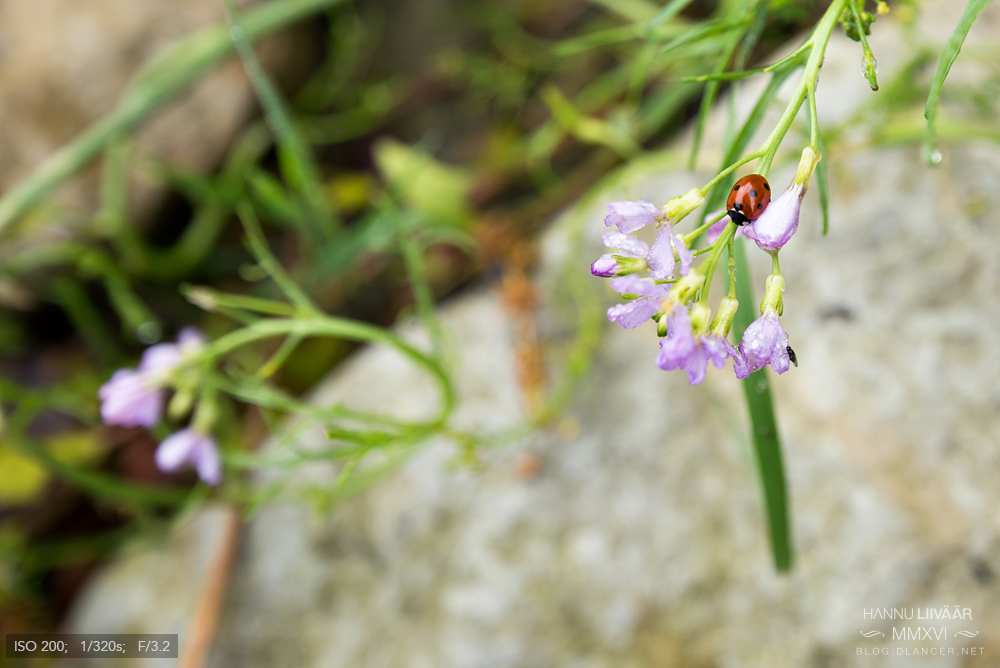
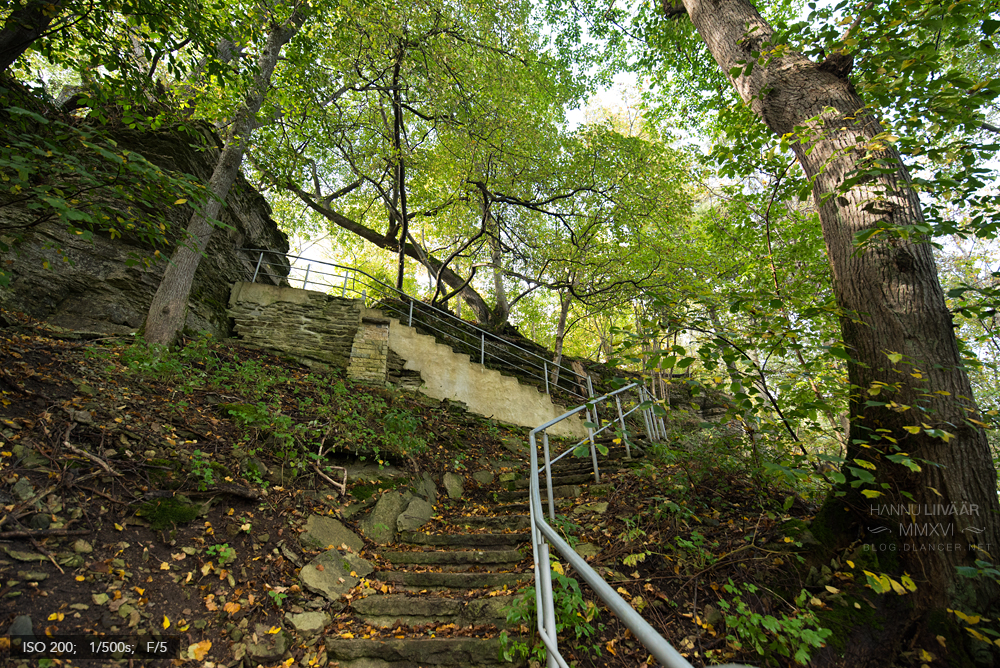
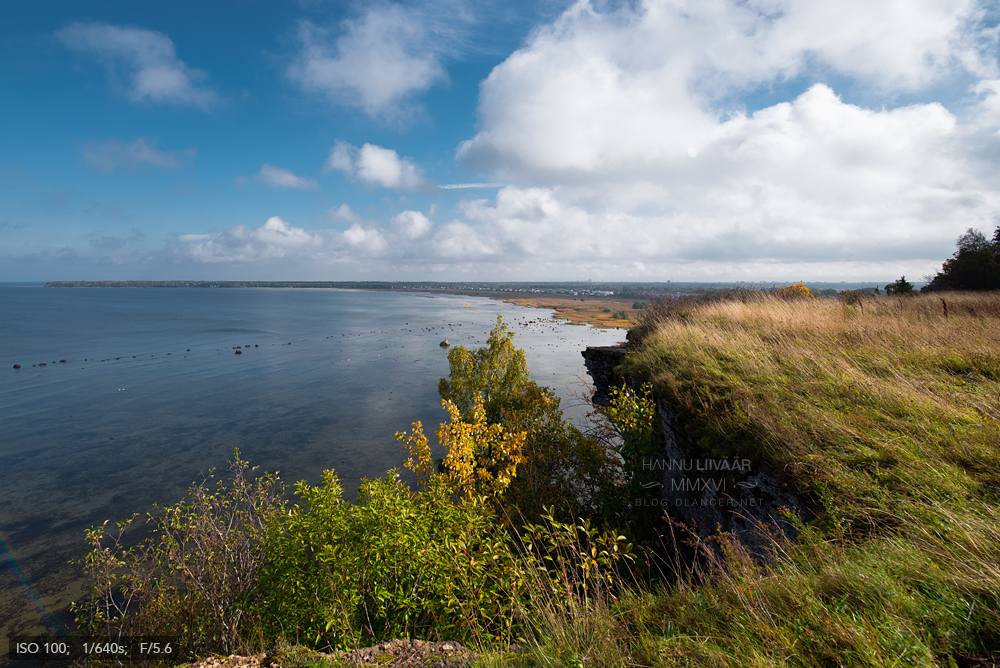
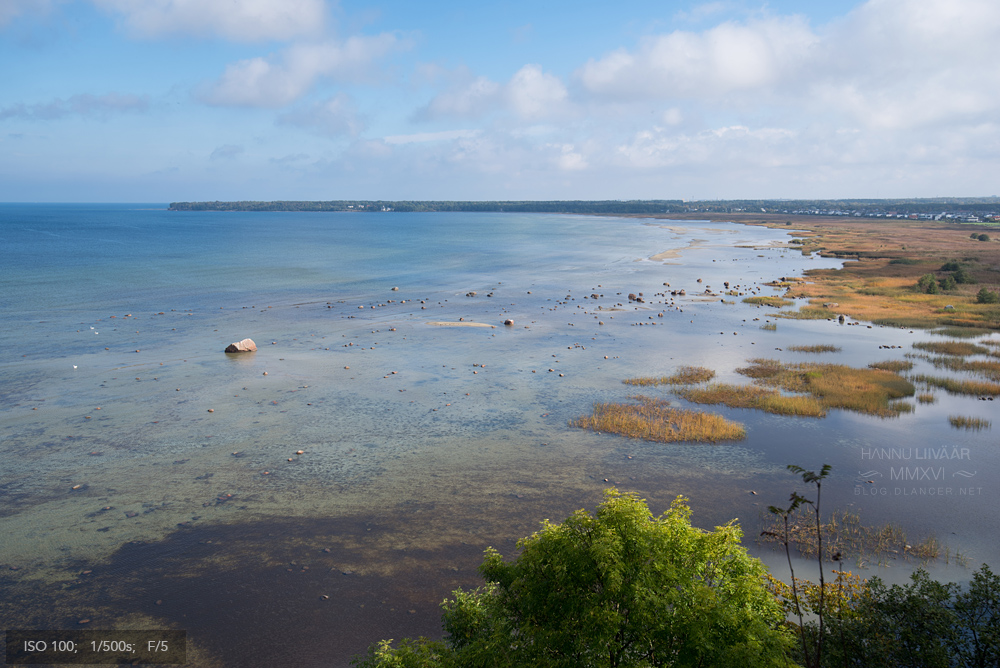
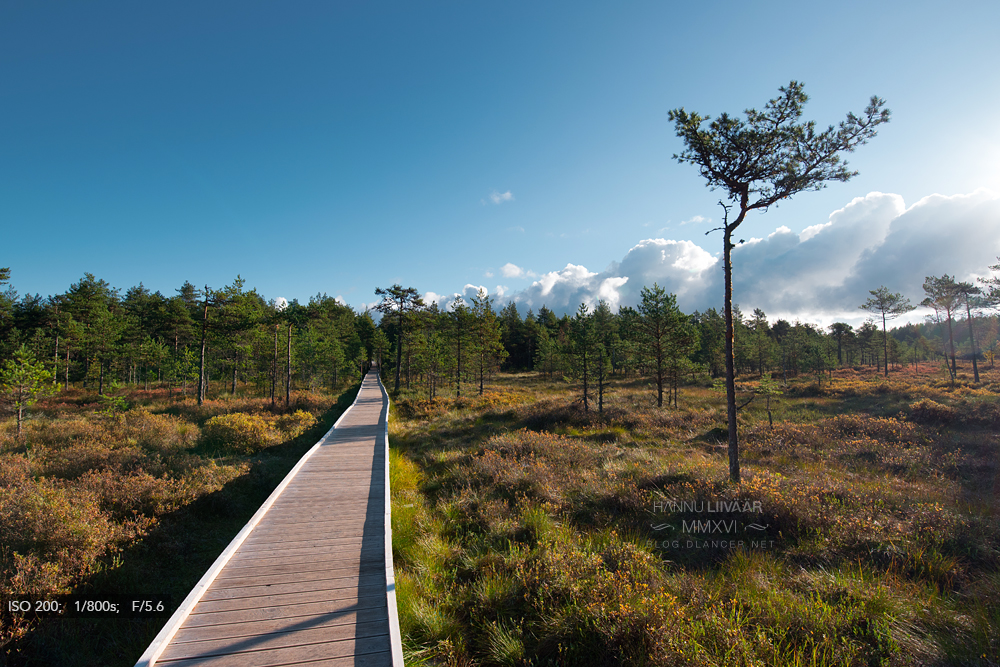
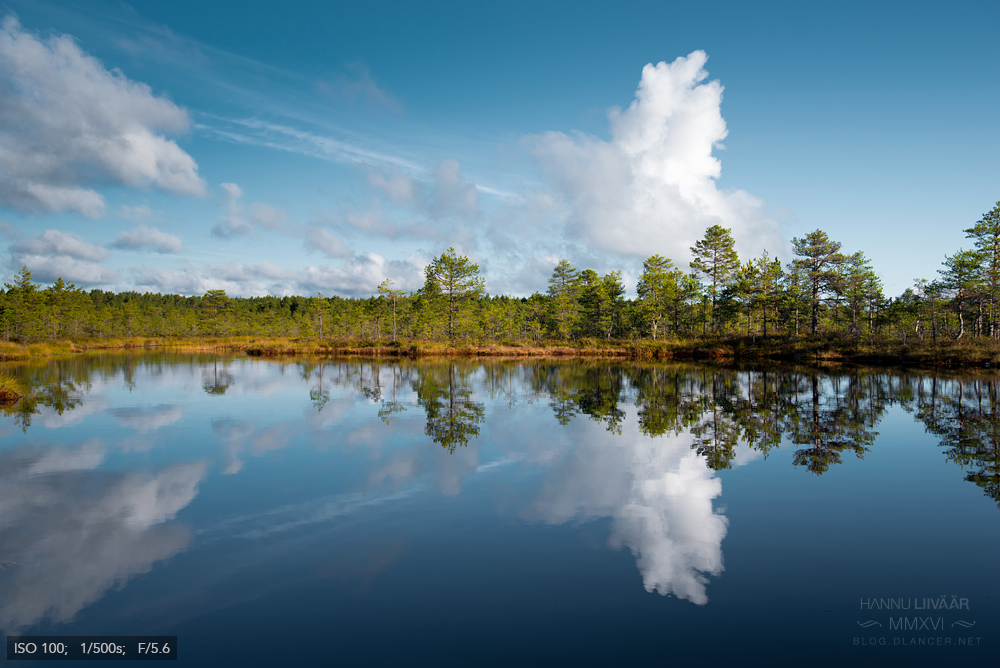
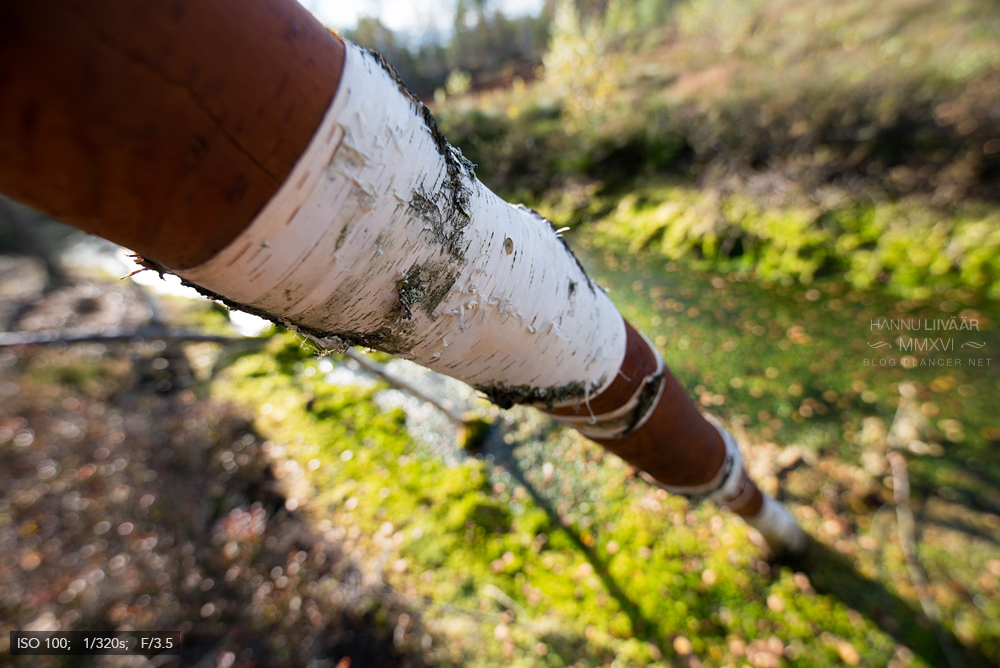
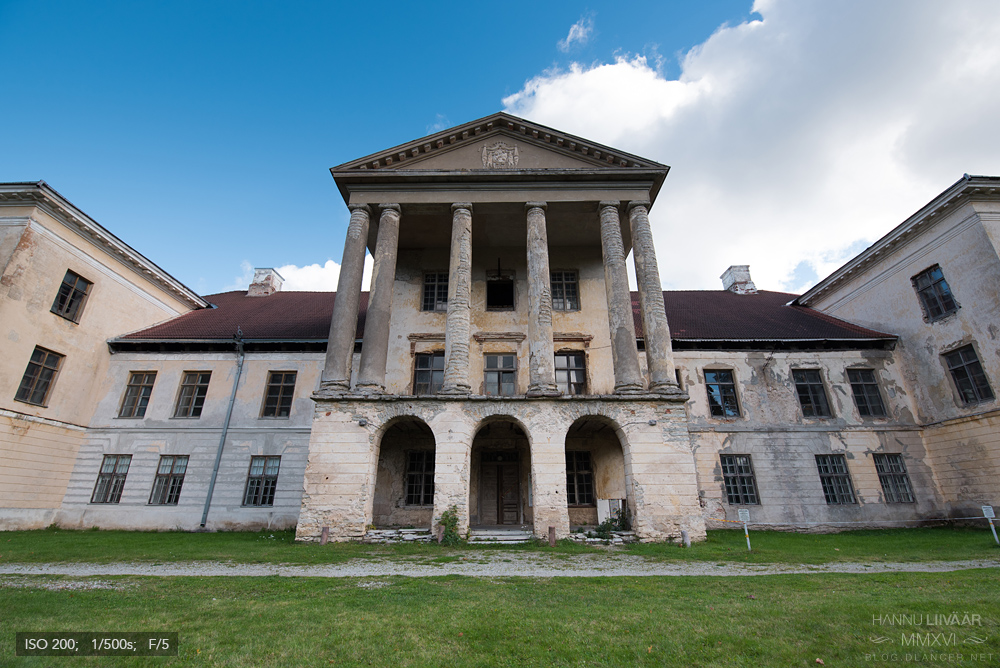
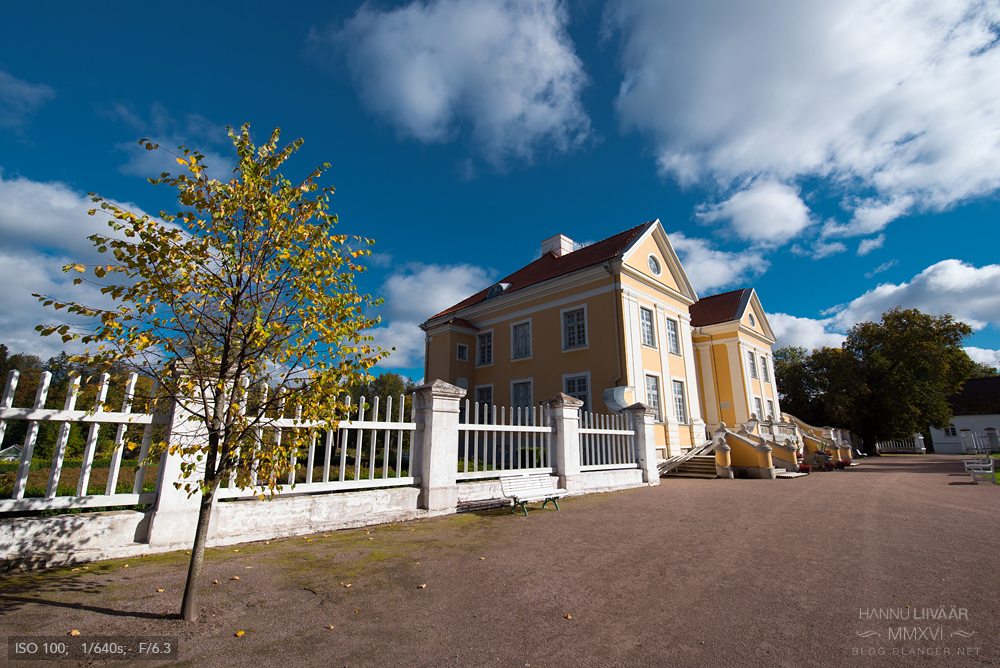
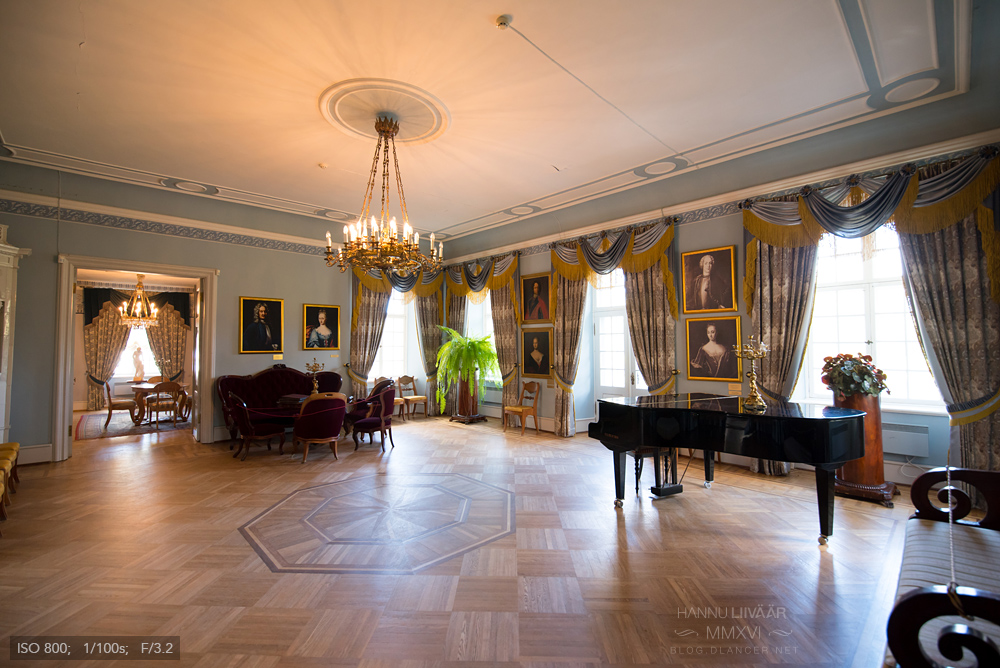

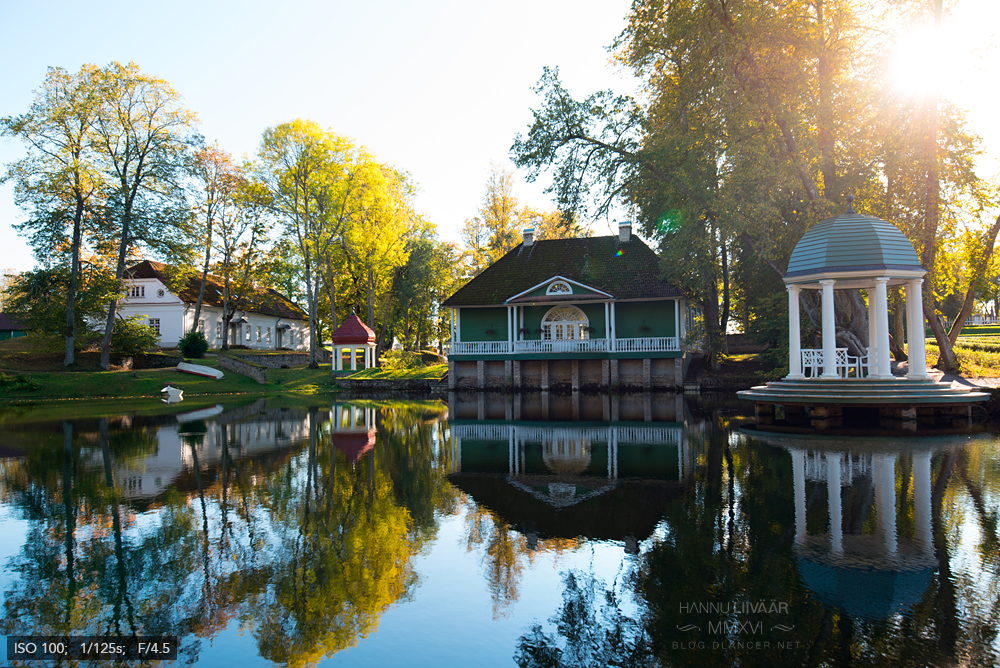
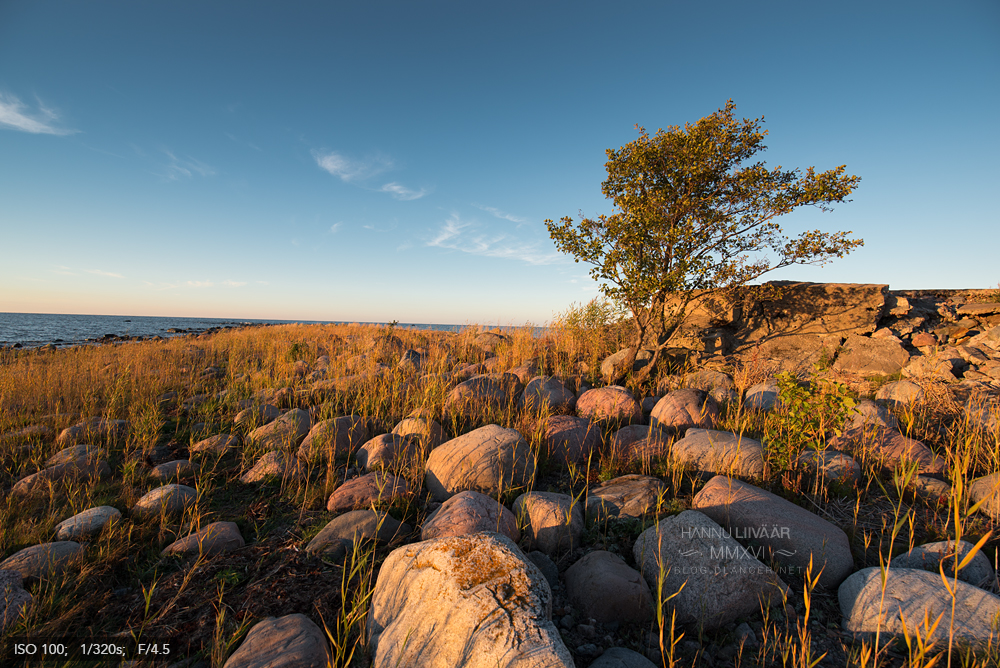
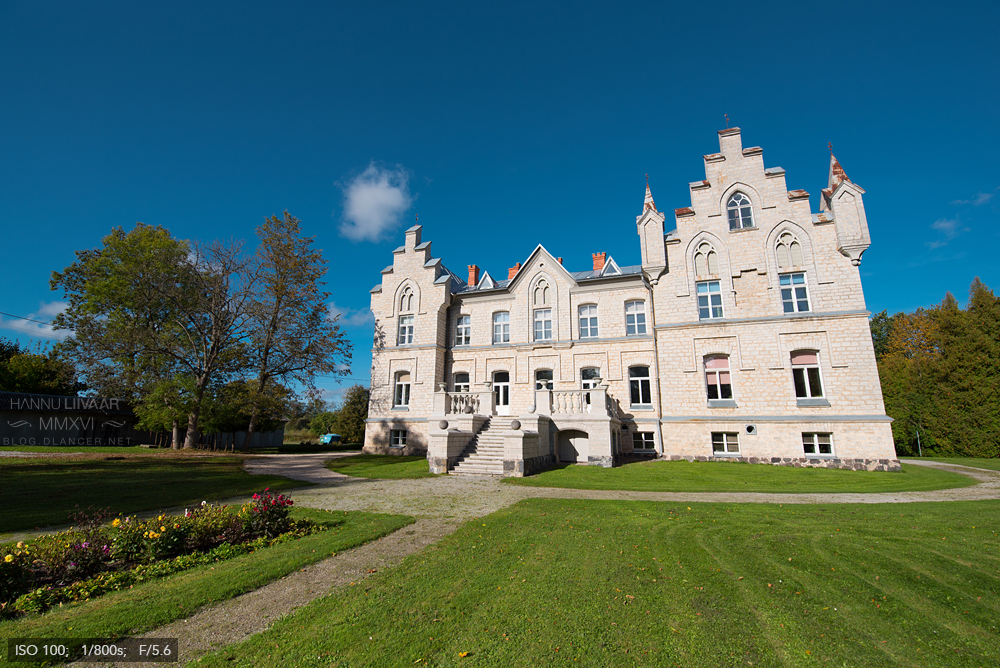
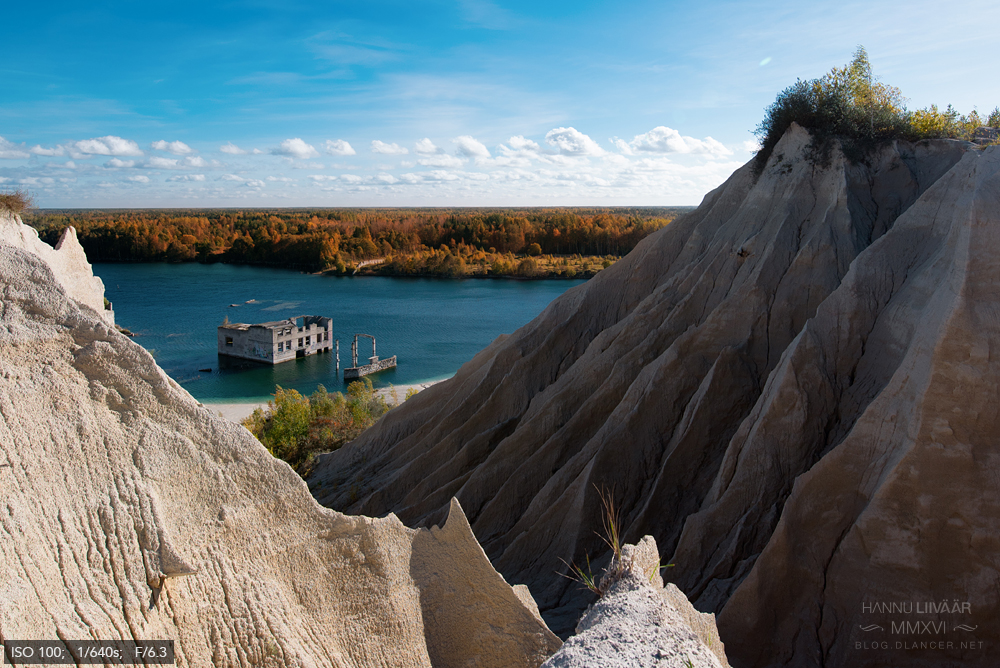
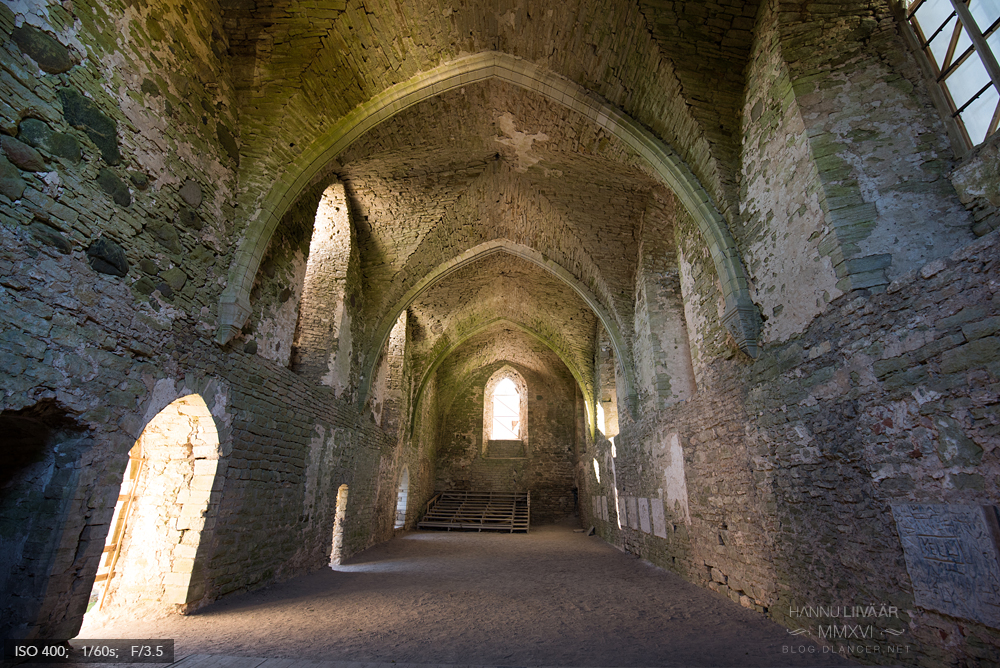

No comments:
Post a Comment